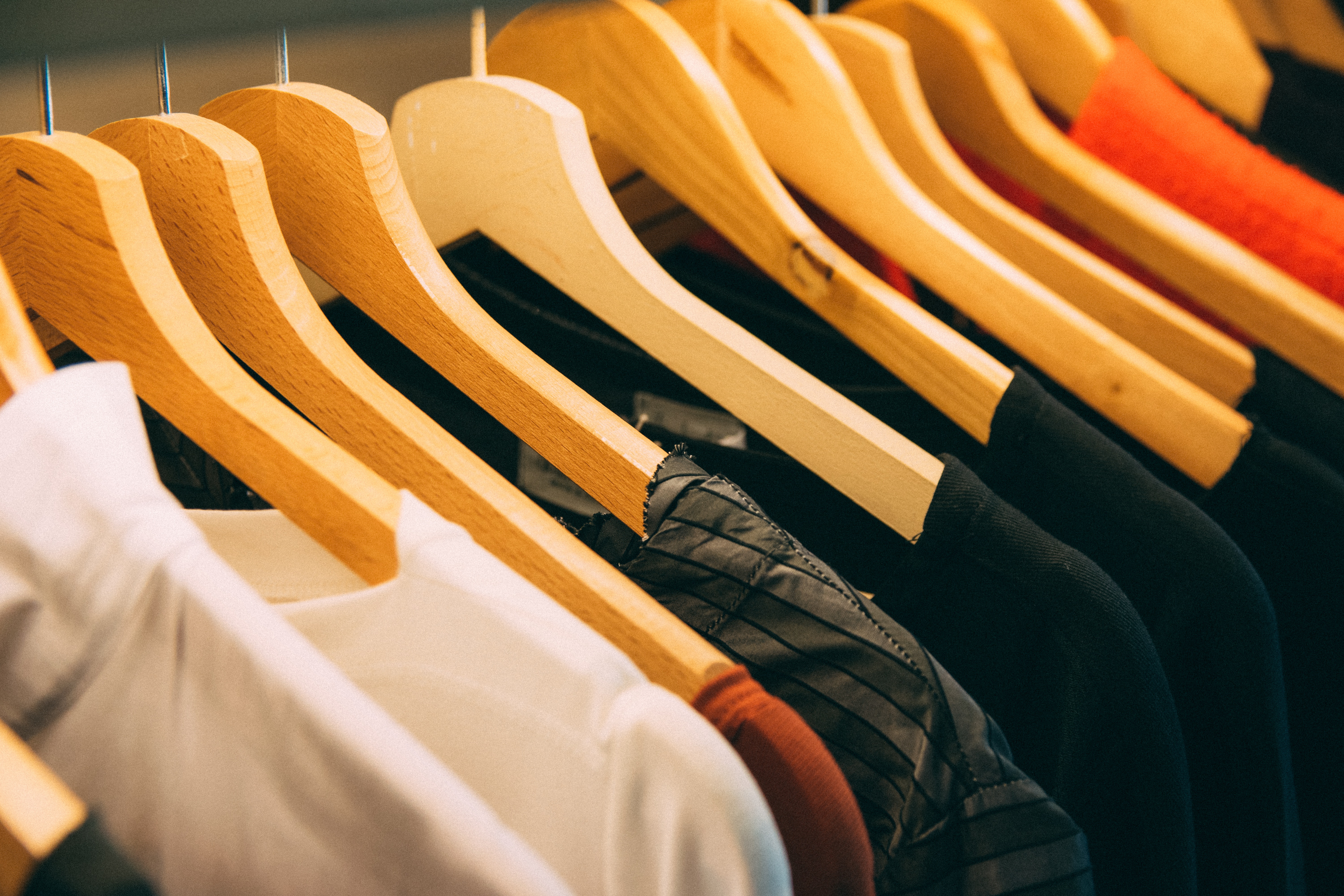
If you’ve worked in the corporate world, you know free t-shirts are a dime a dozen. At conferences and trade shows, you’re usually lucky if you can give them away. Same goes for scarves, buttons, USB drives, pens, notepads, mouse pads, iPhone cases and the endless array of cheesy swag circulated by most companies. I’m willing to bet most of this stuff ends up discarded before it’s ever used.
Everything you produce is, like it or not, an expression of your company’s values.
This shouldn’t really come as a surprise. Most company shirts, for example, are an afterthought. The materials are cheap. The colors clash. There’s always a big, garish logo wrapped across the sleeve or pocket. And they’re either way too small or way too big. It’s no wonder so much swag goes direct from trade show to goodwill bin.
But there’s a deeper missed opportunity here. Everything you produce is, like it or not, an expression of your company’s values. A free shirt might seem insignificant, but consumers and employees alike are judging it and, by extension, your business. Leveraged wisely, something as simple as swag can represent a real differentiator and way to build loyalty. All too often, however, that free t-shirt or ball cap is actually a liability — a cheap marketing ploy casting an ugly shadow over your otherwise solid product.
That’s why it was such a big deal when my company recently updated our t-shirts. More than 10 years ago, when we were just starting out, I posed a challenge to our marketing team: create a shirt that you would wear even if you didn’t work here. The resulting design was super minimalist — no words, no aggressive branding. But we couldn’t order them fast enough. Employees were taking them home to family members. And customers were asking for more.
I’m happy to say that the updated version definitely makes the cut, as well. For other business owners out there, here are a few “golden rules of swag” I’ve come to embrace over the years. (Note: It goes without saying that your swag should also be ethically produced and environmentally friendly!)
Ditch the huge logo (and the hard sell).
Slapping a huge logo on a t-shirt might seem like marketing 101 — Gain awareness! Build visibility! But all it really does is tell your customers that everything’s transactional. I’ll give you a free shirt … as long as you volunteer to be a walking billboard for my company. That kind of short-term, quid-pro-quo thinking is rarely how lasting relationships or real loyalty is built. If you’re going to give something away, really give it away — with no expectation of an immediate return.
We saw the power of this approach early on in the form of … wait for it … a plush toy. The fuzzy little owl with giant eyes had nothing to do with our product and only vaguely resembled our logo. But “Plush Owly” was so popular that we had to lock the cabinet where they were stored so employees wouldn’t take them home to their kids. This 3-inch-tall owl eventually became a feel-good icon synonymous with our product, even if it didn’t have our name written all over it.
It’s gotta be something you actually want to wear or use.
This is important for more reasons that you might think. For starters, attractive swag is a cue to customers that you get it. You understand aesthetics and design — not just in this t-shirt, but in your product itself. Creativity and attention to detail underlie everything you do. A well made piece of swag shows that forethought and careful execution are the hallmarks of your business, as a whole.
With this principle in mind, we had our top graphic designer work on our swag — even when we were a tiny startup with no revenue coming in and no extra capacity to spare. Coming from a consumer products background, she brought an eye for design and fashion to the t-shirts, stickers and even socks and hooded sweatshirts that we gave away. They were unlike anything that any other tech company was putting out, and it helped us instantly stand out at events and trade shows.
Good swag is like a secret handshake.
This is something that brands as diverse as Apple and Armani got a long time ago. People don’t buy or use things for utility alone. They do so to belong to a club — and all the better if it’s an exclusive one. The product itself is a badge of membership in this club: to those who can read the signs, it speaks to a whole lifestyle, set of attitudes and world view.
For us, this approach yielded incredible returns. In the beginning, our biggest challenge was breaking into new markets. We couldn’t afford a network of international salespeople, but we had the next best thing — volunteer ambassadors all around the world. They agreed to share our gospel in exchange for “Hootkits” — care packages comprised of stickers, plush toys, t-shirts and more. So loyal were our users, and so coveted our swag, that these ambassadors were happy to talk about our product for free.
I don’t want to make it sound like cool swag is the secret to scaling a successful company. From the outset, we had a powerful platform and dedicated employees working to recruit and retain happy customers. But investing time and care into the shirts and stickers we gave away helped us stand out in crowded marketplace. And it fostered an early sense of community among our customers and employees. Case in point: Even with our new t-shirts, I still see long-time employees walking around outside work with the original design — proud to wear and show-off their vintage threads.

